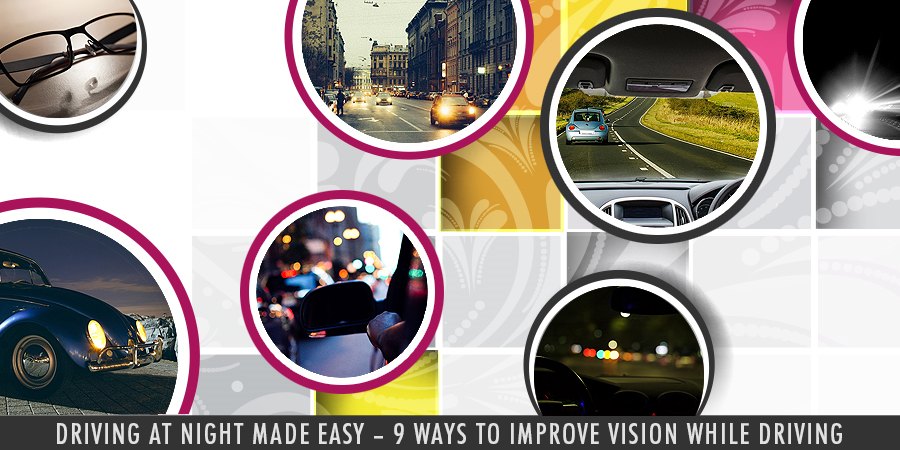No matter how good a driver you are, driving at night is always a risk. It is this time when most of the road accidents happen. This is because visibility reduces significantly for drivers as compared to driving in the day. Nevertheless, there are times when you can’t avoid driving during that time. So it’s better to be equipped with certain precautionary measures that may help you to have a better vision of your path and surroundings.
One of the most important active safety items and the first line of defense while driving at night are headlights. Drivers should be vigilant in taking care of their headlights, especially if they travel at night frequently.
Here are some tips that drivers needs to consider before going out for a journey at night time. These tips include some adjustment in your driving habits as well as your vehicle for safe driving at night.
Turn on your Headlights at Dusk

As mentioned before, car headlights are essential when it comes to clear visibility. Drivers usually don’t switch on their headlights at dusk as everything is still visible. But in fact there are some colors which blend into the scenery. Switching your headlights during twilight hours makes it easier for other drivers to spot you on the way.
Avoid Gazing at Approaching Headlights
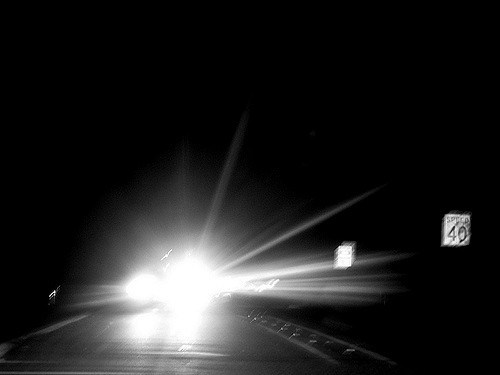
One of the main reasons of accidents during driving at night is the glare that drivers experience from the lights of the cars coming from the opposite direction. Keeping your gaze towards those lights can cause the driver to experience instantaneous blindness or lose focus for a few seconds, enough to put you under serious risk.
One of the ways you can avoid this to happen is by not staring at the approaching bright lights from the other side. You can always use the edge of the road or the line markings on the outside of your lane as a reference point until the headlights have passed. If you still are blinded by these lights, start driving slowly until your eyes readjust to low light.
Also Read: Tips for Teenagers – Driving Safely In Heavy Traffic
Increase your Distance from the Car in Front
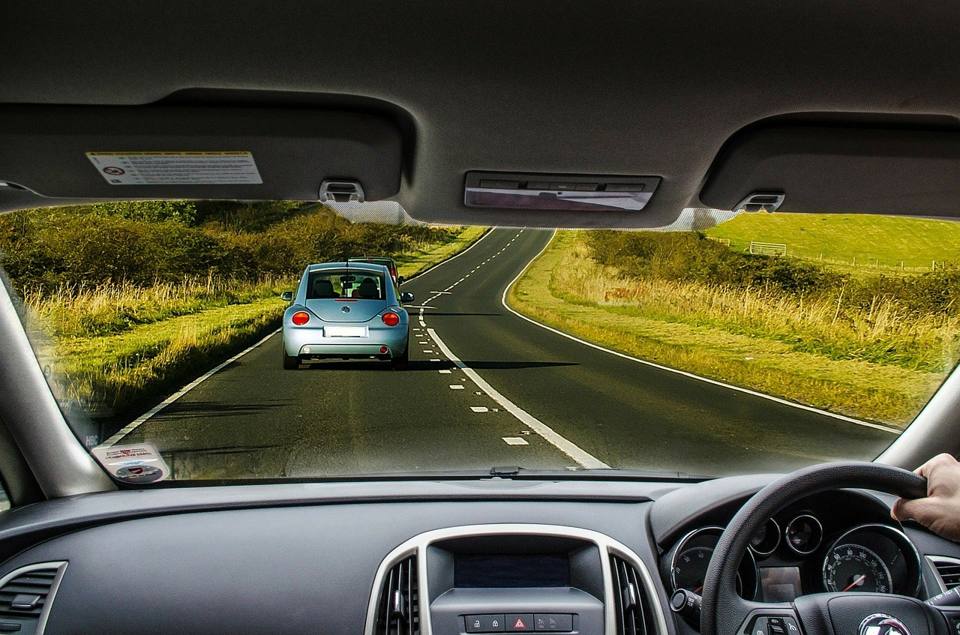
Typically during daytime, three second worth of distance should be maintained by a driver behind a car as a safety condition. This is because the daytime conditions allows better visibility and active responsive time by the driver. While during the night, drivers should maintain five to seven seconds worth of safe following condition. This is because the reaction time reduces and the visibility is considerably low.
Adjust your Side Mirrors and Check your Rear View frequently

It’s important that you adjust your car’s side mirror the right way. Many a times, the drivers tend to angle their side mirrors a bit too far to the inside, which allows the headlights of vehicles behind them to reflect into their eyes. This angle also increases blind spots behind. Therefore, it’s advisable to adjust the side mirrors in a way that you see the outside of your own car in them.
After you have adjusted the mirrors, keep checking the rear view frequency. This will increase your awareness of the surroundings as well as keep you active.
Tap the Breaks a Few Times before Stopping
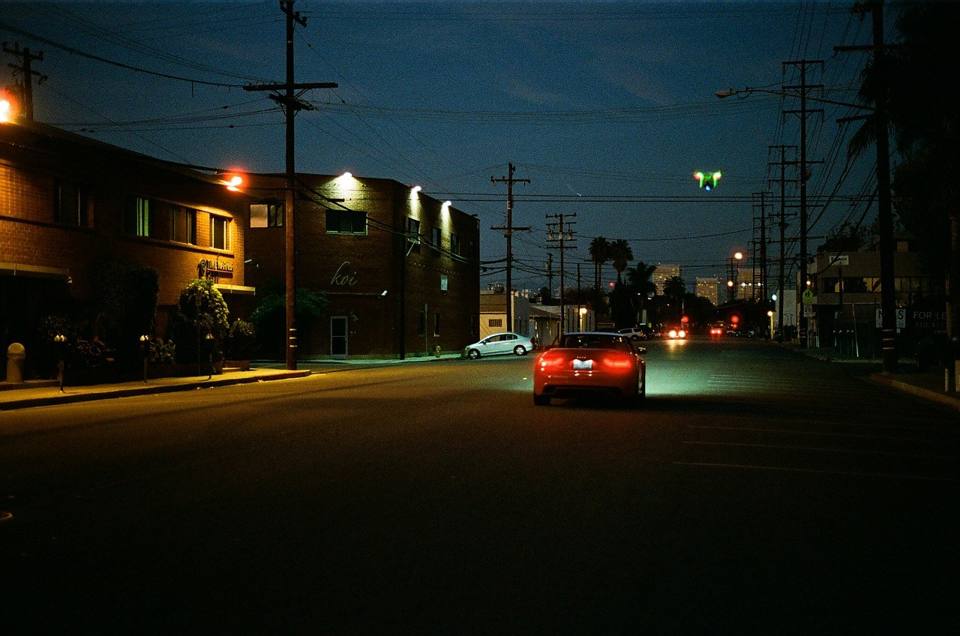
While you are driving on a dark road and there is an abrupt stop coming ahead, it’s advisable that you tap the brakes a few times before making a complete stop. This will allow your brake lights to flash, thus alerting the vehicles at the back.
Wear Anti-Reflective Coating Glasses
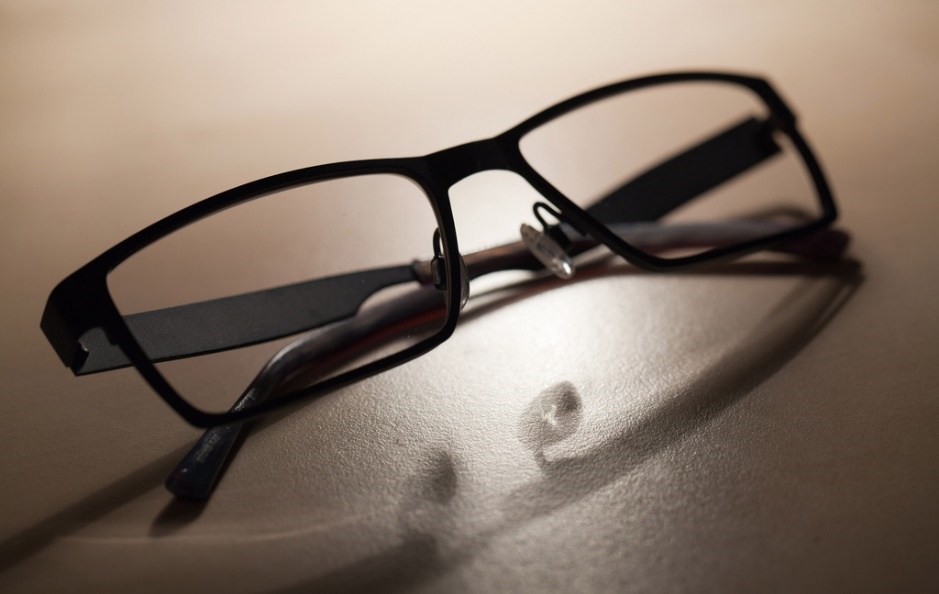
If you are someone who wears spectacles while driving, you must be a victim of numerous light glares. It can cause loss of concentration and distraction for the drivers, especially at night. In order to avoid this, you should start wearing glasses with anti-reflective coating. These glasses have clear coating that cuts down on lens glare, improving your ability to see at night past the oncoming headlights.
Regularly clean all your External Lights and Windows
Driving causes a lot of grime to build up on the exterior of the car, as well as interior. The most affected are the windshield, windows and the external lights. This grime on the windows may not be too troublesome during the day but at night, they may be hindrance in the driver’s vision. Similarly, with the external lights, accumulated grime can cause the lights to reduce their effectiveness. Therefore, it’s important that you clean all the external lights as well as windows regularly. Don’t forget to clean them from the inside as well.
Dim your Interior lights Slightly
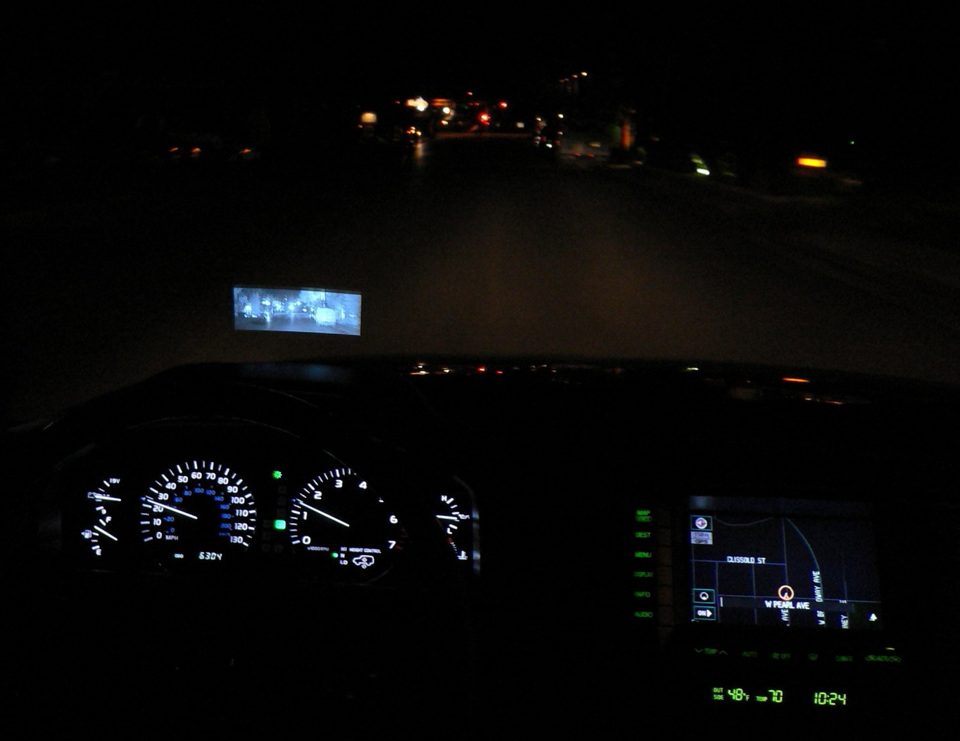
Usually the interior dashboard gauges of a car have lights for the vehicle’s passengers to read the labels easily in the dark. But these lights may cause distractions to the driver while driving. Therefore, it’s important that you dim down the lights of these gauges, as the visibility outside the car is more important than reading the dashboard. It’s also important to avoid switching on the overhead lights inside the car while it’s in motion.
Angle your Headlights the Right Way

At certain times, the headlights of vehicles may not be aligned in a straight manner. This can be observed if the headlights don’t illuminate enough space. You can also check by parking the car in front of a wall, with the lights on. If they aren’t angled properly, you can either adjust them yourself or take the car to a professional to get them checked.
These are some of the tips that you can use, which will help you in having a better and safe driving experience at night.


